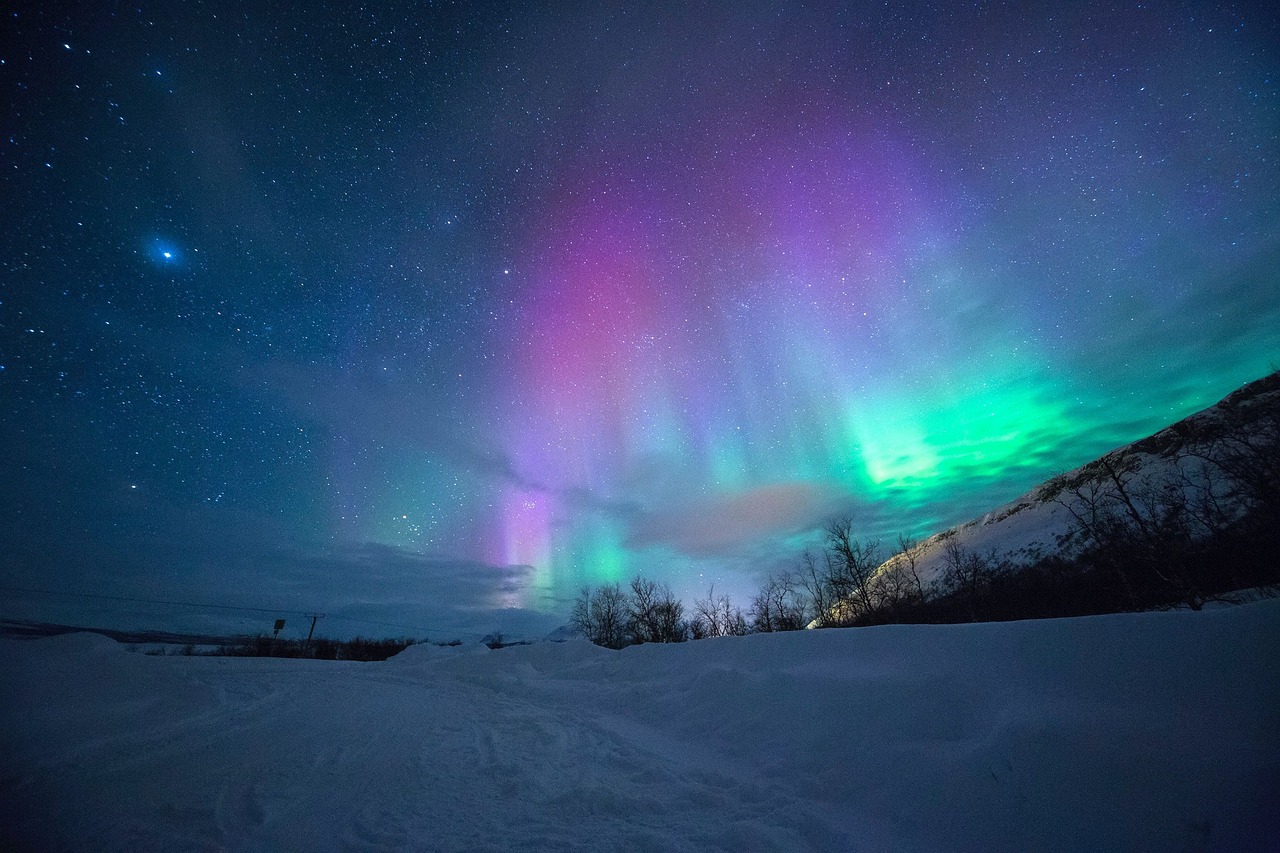A colossal coronal hole on the sun is sending powerful solar winds toward Earth, potentially igniting spectacular auroral displays on January 4 and 5.
Key Points at a Glance
- Coronal Hole Activity: A massive coronal hole on the sun is emitting fast solar winds toward Earth.
- Geomagnetic Storm Forecast: NOAA has issued a G1 (minor) geomagnetic storm watch for January 4 and 5.
- Aurora Viewing Opportunities: High-latitude regions may experience enhanced northern lights displays during this period.
A significant solar event is unfolding as a massive coronal hole has developed on the sun’s atmosphere, unleashing a stream of high-velocity solar wind directed toward Earth. This phenomenon is expected to intensify geomagnetic activity, leading to potential auroral displays, commonly known as the northern lights, over the upcoming weekend.
Understanding Coronal Holes and Solar Winds
Coronal holes are regions on the sun’s corona—its outer atmosphere—where the magnetic field opens up, allowing solar wind to escape more readily. These areas appear darker in extreme ultraviolet and X-ray images because they are cooler and less dense than the surrounding plasma. The solar wind emanating from these holes travels through space and can interact with Earth’s magnetic field upon arrival.
Geomagnetic Storm Watch Issued
In response to this solar activity, the U.S. National Oceanic and Atmospheric Administration’s (NOAA) Space Weather Prediction Center has issued a G1 (minor) geomagnetic storm watch for January 4 and 5. While G1 storms are relatively common, they can still produce noticeable effects, including auroral displays at higher latitudes. NOAA’s geomagnetic storm scale ranges from G1 (minor) to G5 (extreme), with each level indicating the potential severity of geomagnetic impacts.
Potential for Enhanced Auroral Displays
The anticipated geomagnetic activity increases the likelihood of observing the aurora borealis in regions situated at higher latitudes. Recent solar events have already treated skywatchers to impressive auroral displays extending into mid-latitude areas. With the current forecast, residents in northern locales should remain alert for possible aurora sightings during the nights of January 4 and 5.
Viewing Tips for the Northern Lights
For those hoping to catch a glimpse of the aurora, consider the following tips:
- Location: Seek out dark, open areas away from urban light pollution.
- Timing: Auroras are typically most active between 10 p.m. and 2 a.m. local time.
- Weather Conditions: Clear, cloudless skies enhance visibility; check local weather forecasts to plan accordingly.
- Patience: Auroral activity can be unpredictable; be prepared to wait for optimal viewing.
Staying Informed
For real-time updates and detailed forecasts on geomagnetic activity and aurora predictions, NOAA’s Space Weather Prediction Center provides resources such as the 3-day forecast and aurora dashboards. These tools offer insights into current conditions and help determine the best times for aurora viewing.
